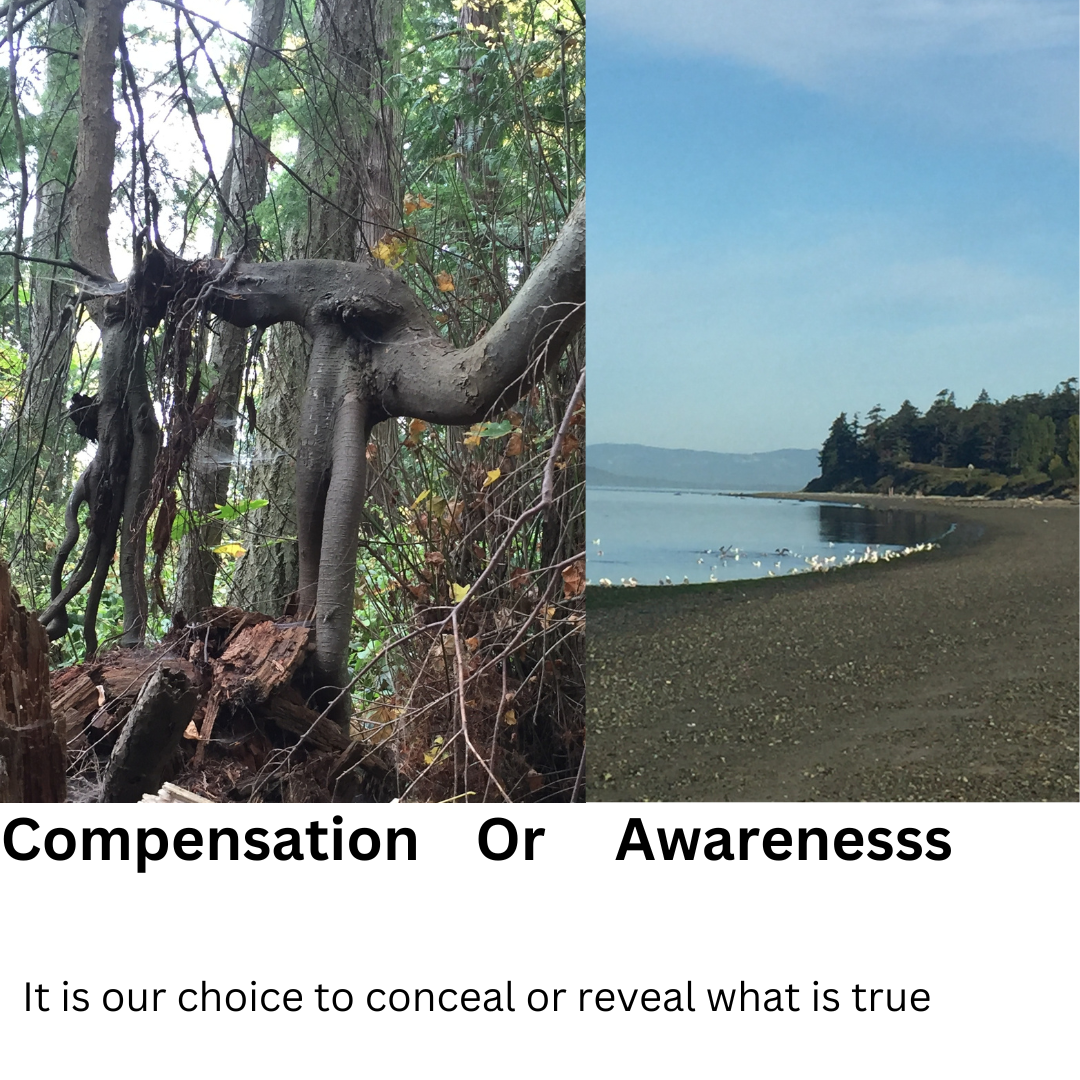|
Often when an injury happens, muscles weaken before they recover. During this recovery period it is easy to fall prey to compensations: Muscles around the recovering muscles take over the job of the injured /weakened one. This causes mal-adjustments in my joints which then causes my posture to tip or contract in uncomfortable ways. This leads to pain!!!! And more compensations to avoid pain. In my case it devolved into dystonia which is a condition of chronic hypo-tonic (under functioning) muscles which causes tremors and other movement anomalies. Yikes! How did I turn this around? In my dystonia recovery process guided by Dr. Farias’ online program, I learned about effective effort. In order to not just fall into the same compensatory trap (and believe me it’s a trap), I needed to be content with small amounts of exercise and titrated effort. Because I had an emotional defense system of proving myself (compensating for my long standing facial disability), it was difficult to become aware of the ‘threshold’ point---where hypo/weak muscles can begin to strengthen. I had to pay attention to posture and smoothness of movement—just going to the point where muscles began to shake and then stopping. I had to analyze what muscles tended to compensate with over work/effort and then inhibit them. The act of inhibiting/regulating/balancing muscle movement requires a well functioning frontal lobe--- the part of our brain that is connected with paying attention-- so I had to breathe deeply and evenly to stay in the zone of awareness. I had to exercise moderately instead of obsessively. Spacing out was my obstacle; competition my downfall. I needed to be Zen. I chose the humbleness of awareness and let go the false promise of compensation. I began to heal. I think the experience I relate above can be applied to behavior and emotion. I could ask myself, “Which emotions tend to compensate for others? Which are overdeveloped or underdeveloped? How could I reach a balance?” Or, “What behaviors do I default to? What gets in the way of developing new and better behaviors?” What could my body teach me about my mental/emotional behaviors? I also saw how it could be applied to the experience of aging where muscles are going to get weaker. I could ask myself, “How do I gracefully adjust to the new muscular landscape relatively pain free?” “How do I find the ‘right amount’ of movement for my body?” The idea and practice of an active dialogue between mind and body changed my life. You can read more about it in my book “Note by Note”.
0 Comments
Leave a Reply. |
AuthorKristi Magraw is known for having developed a unique synthesis of Eastern healing (Five Element theory) and Western ways of working with the mind, called the Magraw Method, which she established in 1979. This method uses metaphoric language and release techniques to help people heal physical and emotional pain. Archives
September 2023
Categories |

 RSS Feed
RSS Feed
